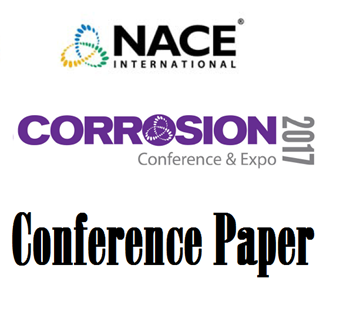Search
Products tagged with 'epoxy'
View as
Sort by
Display
per page
Performance Comparison of Waterborne and Solvent-Borne Epoxy Primers
Product Number:
41212-688-SG
Publication Date:
2012
$20.00
Performance of Two-Coat Zinc Rapid Deployment Systems on Steel Surfaces
Product Number:
41205-160-SG
Publication Date:
2005
$20.00
Properties of Splash Zone and Immersion Coatings
Product Number:
51320-14634-SG
Publication Date:
2020
$20.00
The Curse of the Mummy: Mysterious Tank Lining Failure in WAV Vessels
Product Number:
41214-841-SG
Publication Date:
2014
$20.00
The Long Term Effects Of Surface Preparation: Evaluating ISO 12944 In Offshore Coating Application With Waterjetting And Cleaning Additive
Product Number:
51322-18021-SG
Publication Date:
2022
$20.00
Ultra Tolerant Coating Technology: The 15 Years Path From Maintenance to New Construction
Product Number:
51317--9235-SG
ISBN:
9235 2017 CP
Publication Date:
2017
$20.00
Unique Application of an Epoxy Repair Gel to Eliminate Draft Tube Surface Wear and Cavitation, potentially Improving Turbine Power Generation Efficiency
Product Number:
41216-976-SG
Publication Date:
2016
$20.00
Waterproofing Concrete; A Guide to Using Water Repellent Sealers and Thick Film Barrier Coatings
Product Number:
41206-248-SG
Publication Date:
2006
$20.00








